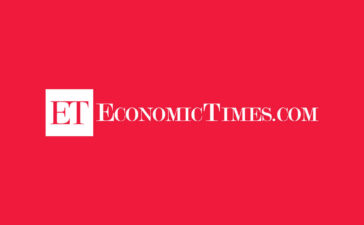Assets under management followed suit, increasing by 24% over the year to €1.6trn, a “new record high” for the market, according to Morningstar research.
Equity ETFs were the biggest gainers for both the fourth quarter and the whole year, adding €34.6bn in the last three months of 2023 and €89.7bn over 2023, a 72% increase from 2022.
Jose Garcia-Zarate, associate director of passive strategies research at Morningstar, noted the bulk of flows into equity ETFs were directed into strategies providing exposure to developed markets, and the US in particular.
Growth opportunities in European ETF market despite ‘uneven global recovery’
US large-cap blend equity was the top Morningstar category for the fourth quarter in terms of inflows, with €16.6bn added over the period. It was followed by global large-cap blend equity ETFs – where the US dominates in terms of geographical exposure – with €8.7bn.
The two categories also topped the annual flows board, gathering €300bn and €214bn, respectively, over the year. In contrast, value-themed equity categories, China, UK and Germany were the least popular options in the last three months of 2023.
Bond ETFs were the second biggest gatherers of 2023, with inflows for the last quarter totalling €14bn, and €57.2bn added throughout the year – a 72% rise from 2022.
The “other bond” ETF category saw the biggest inflows at €4.2bn, followed by corporate bond ETFs, which gathered €3.4bn in the fourth quarter. The latter category also topped the annual flows league, adding €11bn over 2023.
ESG ETFs were a close third, attracting €13.8bn in the last quarter of the year, and a total of €42.3bn in 2023. The yearly figure, however, marked a drop in flows in comparison to 2022, when the category ended the year with total inflows of €51bn.
Most active equity funds fail to outperform their benchmarks in 2023
Garcia-Zarate said it was fair to assume some investors took a “more cautious” approach to ESG investing in 2023 in the wake of the underperformance of ESG strategies in 2022, but he argued short-term caution does not “necessarily equate to long-term aversion”.
Active ETFs also ended the year on a positive note, adding €6.7bn in 2023, representing 4.6% of all flows into the European ETF market. Assets in active ETFs also increased significantly from €20.1bn in 2022 to €28.9bn at the end of last year – comprising 1.8% of all assets invested in the European ETF market.
However, this was not the case for commodity and precious metals ETFs and ETCs, both of which suffered outflows in Q4 and throughout the year. Commodities strategies alone lost €4.9bn in the last quarter and total assets for the year fell by €4bn to €101bn.
Garcia-Zarate noted iShares topped the annual flows league in 2023, attracting €65.4bn, up from €44.7bn last year.
Flows into iShares ETFs were “broadly split” between equity and bond strategies, he explained, with total assets soaring to €722bn from €586bn in 2022. However, iShares’ market share dropped slightly to 44.1% in 2023, from 44.4% in 2022.
Fixed income ETF popularity grows as higher yields tempt low-cost investors
DWS’ Xtrackers came in second, adding €20.6bn, after “a few no so good years”, Garcia-Zarate said, with its assets swelling to €170bn from €132bn in 2022. However, its market share remained unchanged at 10.4%.
Vanguard ranked third in terms of annual flows, gathering €18.5bn last year, with assets rising to €110.7bn from €76.9bn last year.
Garcia-Zarate also noted UBS was the only firm among the major providers to suffer outflows last year, totalling 200m. If flows for Credit Suisse ETFs were added in, the outflow figure would rise to €300m.
“Pending the full legal integration of the two ETF lineups, we continue to provide data for UBS and Credit Suisse separately. However, UBS acquired the troubled Credit Suisse in the first half of 2023,” he said.








